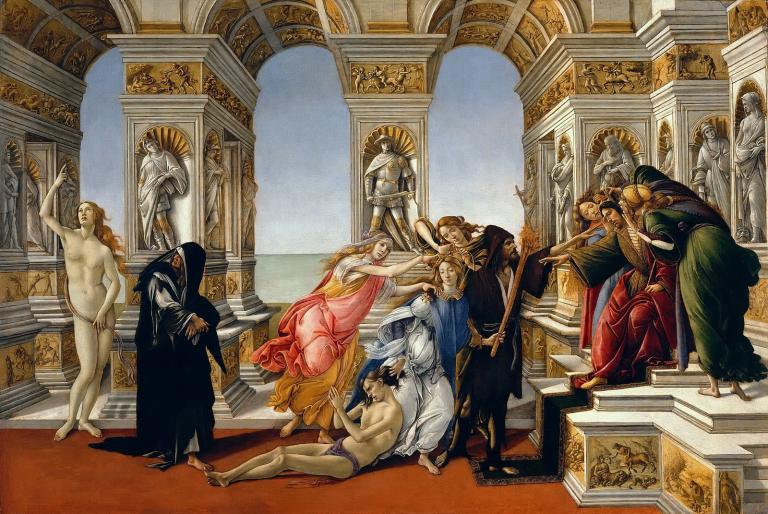
Wikimedia Commons public domain
“To speak evil of any one, unless there is unequivocal proofs of their deserving it, is an injury for which there is no adequate reparation.”
(George Washington, letter to George Washington Parke Custis, 28 November 1796)
“It often happens that those are the best people whose characters have been most injured by slanderers: as we usually find that to be the sweetest fruit which the birds have been picking at.”
(Alexander Pope, “Thoughts on Various Subjects”)
“Believe nothing against another but on good authority; nor report what may hurt another, unless it be a greater hurt to others to conceal it.”
(William Penn, “Reflections and Maxims”)
“Slander cannot make the subjects of it either better or worse, it may represent us in a false light, or place a likeness of us in a bad one, but we are the same: not so the slanderer; for calumny always makes the calumniator worse, but the calumniated — never.”
(Charles Caleb Colton, Lacon)
“‘Tis slander,
Whose edge is sharper than the sword, whose tongue
Outvenoms all the worms of Nile, whose breath
Rides on the posting winds and doth belie
All corners of the world; kings, queens and states,
Maids, matrons, nay, the secrets of the grave
This viperous slander enters.”
(William Shakespeare, Cymbeline)
Sandro Botticelli, perhaps my favorite painter of the Italian Renaissance, created the painting above based upon the description of a painting by Apelles, a Greek painter of the Hellenistic Period. Apelles’s works have not survived, but Lucian recorded details of one in his essay “On Calumny”:
On the right of the painting sits King Midas with very large ears, extending his hand to Slander while she is still at some distance from him. Near him, on one side, stand two women—Ignorance and Suspicion. On the other side, Slander is coming up, a woman beautiful beyond measure, but full of malignant passion and excitement, evincing as she does fury and wrath by carrying in her left hand a blazing torch and with the other dragging by the hair a young man who stretches out his hands to heaven and calls upon the gods to witness his innocence. She is conducted by an ugly man who has a piercing eye and who looks as if he had wasted away in long illness; he represents Envy. There are two women in attendance upon Slander; one is Fraud and the other Conspiracy. They are followed by a woman dressed in deep mourning, with black clothes all in tatters—she is Repentance. At all events, she is turning back with tears in her eyes and casting a stealthy glance, full of shame, at naked Truth, whose face is turned toward heaven in appeal.











